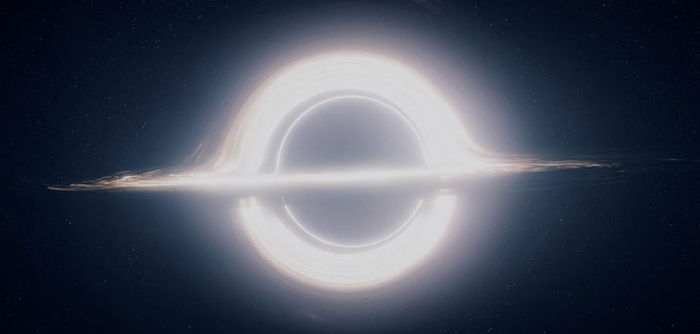The year 2019 is here. With it, we've been promised a splendid moment in astronomy. For years, the Event Horizon Telescope has been working to bring us the first ever telescopic photograph of the event horizon of a black hole.
Indeed, for all their popularity in public imagination, we have never actually seen a black hole. And the reason for that is laughably simple.
Black holes, you see, are literally invisible. The pull of their gravity is so immense that, past a certain point, nothing escapes. This includes the electromagnetic radiation - such as X-rays, infrared, light and radio waves - that would allow us to detect the object directly.
That point of no return is called the event horizon, and apart from being a terrifying location you never want to find yourself in, it's also our key to actually visualising a black hole.
While we may not be able to see the black hole itself, there's a chance that its event horizon can be photographed; and we are tantalisingly close to seeing the results thanks to the Event Horizon Telescope (EHT), due for a public announcement any day now.
But long before the EHT, there was an astrophysicist named Jean-Pierre Luminet. All the way back in 1978, he already gave us what could be thought of as the very first image of a black hole's event horizon.
Read more here.

